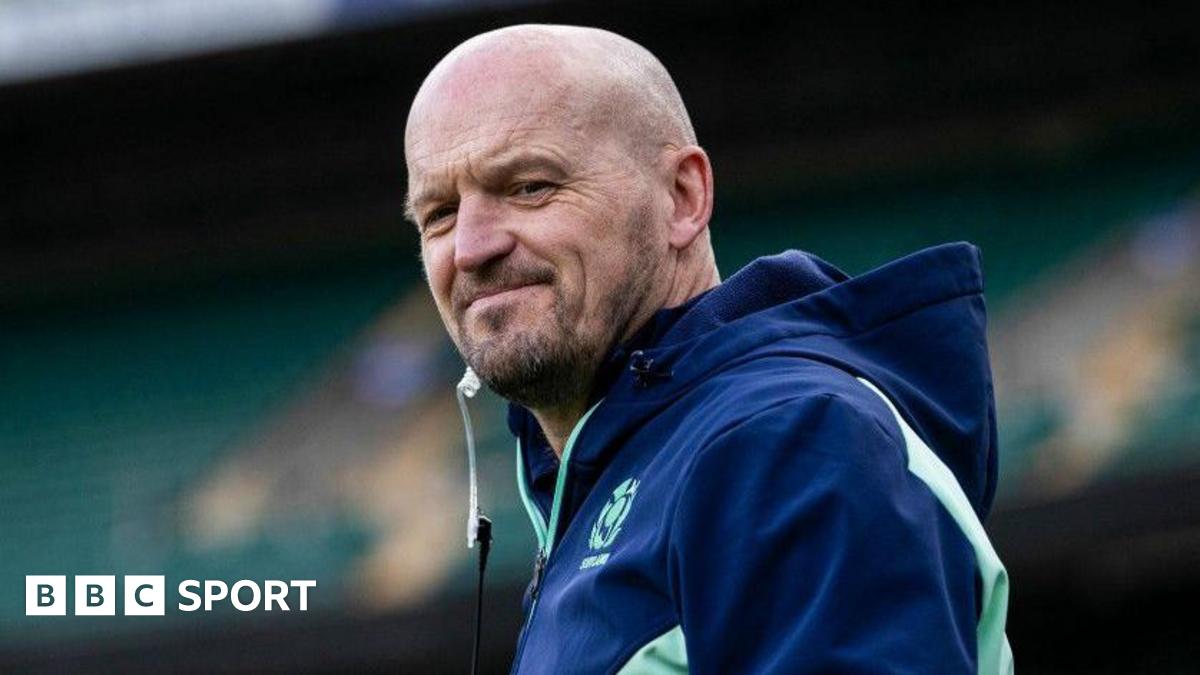President Donald Trump and senior White House officials warned of mass layoffs, agency closures and “irreversible” budget cuts in a government shutdown. But as the federal agencies enter the second week of a shutdown with no signs of ending, there’s also no sign of those dire consequences.
While those plans and others still might come to fruition - the White House budget office recently floated an argument that furloughed workers might not get back pay they’re legally entitled to receive when they return to the job - there’s a growing belief among some in Washington that Trump is getting trigger-shy about adding to the massive disruption and federal workforce cuts that he has already put in place in his second term.
“From the very beginning, when I saw the original memo that [White House budget director Russell] Vought put out threatening the mass firings or mass layoffs, it was clear to me that it was absolute bluster and BS,” Rep. James Walkinshaw (D), whose Virginia district includes thousands of federal workers, told The Washington Post. “And by the way, the federal employees that I represent saw it as such as well.”
The government shuttered early last Wednesday when funding for agencies expired, and some departments have almost entirely ceased operations. Military and national security functions are continuing, but workers largely aren’t being paid. Trump says he’s open to negotiating with Democrats to extend health care subsidies - their chief demand in the shutdown battle - but only if they first vote to reopen the government.
In the run-up to the shutdown deadline, the White House budget office told agencies to prepare for widespread dismissals if funds for the government expired. From the Oval Office, the president claimed the shutdown would give him sweeping new authority to command the executive branch without congressional oversight. Vice President JD Vance declared on the shutdown’s first day that layoffs would be necessary.
So far, though, the Trump administration has used the shutdown to accomplish other policy goals.
The Energy Department canceled $7.6 billion in clean energy projects - exclusively in states that backed Democratic nominee Kamala Harris in the 2024 presidential election. The Transportation Department also delayed more than $20 billion in funding for transit projects in New York and Chicago. The White House linked the holds on the projects to furloughs from the government shutdown.
But some of the escalations that Trump and his allies have promised would hit federal workers haven’t yet materialized.
He has reason for caution: Layoffs within the federal government could dramatically weaken the power of the presidency by shrinking the executive branch, and many of the agencies ripe for cuts were already deconstructed by the U.S. DOGE Service, Elon Musk’s cost-cutting task force, earlier this year.
Trump hinted again Tuesday that his administration could soon choose to inflict more pain as the shutdown drags on.
“I’ll be able to tell you that in four or five days, if this keeps going on, it’ll be substantial,” he said from the Oval Office. “And a lot of those jobs will never come back.”
The White House has appeared to teeter on the cusp of that decision for some time, though. Agencies have been instructed to draw up lists of staffing cuts that could be implemented on the White House’s order, according to two people familiar with the instructions, who like others interviewed for this article spoke on the condition of anonymity because they were not authorized to speak publicly about them.
Congressional Republican leaders were told to prepare for layoffs on Friday evening immediately after a Senate vote to end the shutdown failed, according to one person familiar with the plan.
But those layoffs did not go forward, and as of early this week, plans to enact government layoffs, formally called reductions in force or RIFs, were still on hold, according to three federal officials familiar with the matter. The officials said there had been no more guidance given to agencies since senior leaders raised the alarm last week that firings undertaken during the shutdown could violate the law.
The back-and-forth fits a pattern, some observers said: On certain high-stakes decisions in this administration, Trump has developed a reputation for backing down, inspiring the joking acronym “TACO,” for “Trump Always Chickens Out,” when he yielded multiple times on tariffs, though he did eventually implement sweeping import taxes.
In a statement, White House spokeswoman Abigail Jackson said the administration opposed the shutdown and favored a bipartisan funding patch to keep the government open, calling it “the exact same proposal that Democrats supported just six months ago and 13 times under the Biden administration.”
“Any lapse in funding, this one brought on by the Democrats, unfortunately has consequences. The Democrats can reopen the government at any time,” Jackson said.
Over the past week, it hasn’t always been clear what Trump’s intentions are with the job cuts. White House officials have variously described the administration’s actions during a shutdown as a chance to MAGA-fy much of the government or as the reluctant choices the president must make in the face of Democratic intransigence.
“I can’t believe the Radical Left Democrats gave me this unprecedented opportunity,” Trump gushed on social media last week.
The next day, though, White House press secretary Karoline Leavitt called potential layoffs a “unenviable choice” for the president.
“The Democrats have given the administration this opportunity, and we don’t like laying people off,” she said.
On Tuesday, House Speaker Mike Johnson (R-Louisiana) said the GOP should put as much pressure as possible on Democrats to force a vote to reopen the government. But he then added: “We don’t want this to happen. The key point, the important point to remember, is this can stop right now.”
Hours later Trump called the shutdown an “advantage” on a “silver platter” to slash programs that don’t line up with his vision for the federal government.
Weary federal workers didn’t seem to know what to make of all the threats. Many reacted with only muted alarm to a White House budget office memo that argued that furloughed employees wouldn’t automatically get back pay.
At the Internal Revenue Service early Wednesday, some parts of the agency ran out of funding and staff were sent last-minute furlough notices, according to three employees and emails obtained by The Post. Some of the furlough emails arrived around 9 a.m. Eastern time, three hours after some employees start their days, forcing them to pack up and return home.
“Chaos all morning,” one staffer said.
A furloughed Agriculture Department staffer said it’s reached the point where Trump has promised to torment federal workers so often, in so many different ways, that she treats it mostly as background noise. She noted that Trump himself signed the law in 2019 guaranteeing pay for a shutdown.
And one State Department employee who was required to stay on the job without pay said he increasingly feels like the president’s promises to fire federal employees are empty threats. They don’t seem to be bringing Democrats to the bargaining table, he noted.
“This is stupid, even for them,” he said. “The bar is in the basement, and they have managed to tunnel under it somehow.”
- - -
Kadia Goba contributed to this report.
Related Content
‘Enough.’ Israel marks 2 years since Oct. 7, with sounds of war from Gaza
The Senate returns with no shutdown deal in sight
Congressional Democrats embrace government shutdown, a risky move
.png)
 German (DE)
German (DE)  English (US)
English (US)  Spanish (ES)
Spanish (ES)  French (FR)
French (FR)  Hindi (IN)
Hindi (IN)  Italian (IT)
Italian (IT)  Russian (RU)
Russian (RU) 








Comments